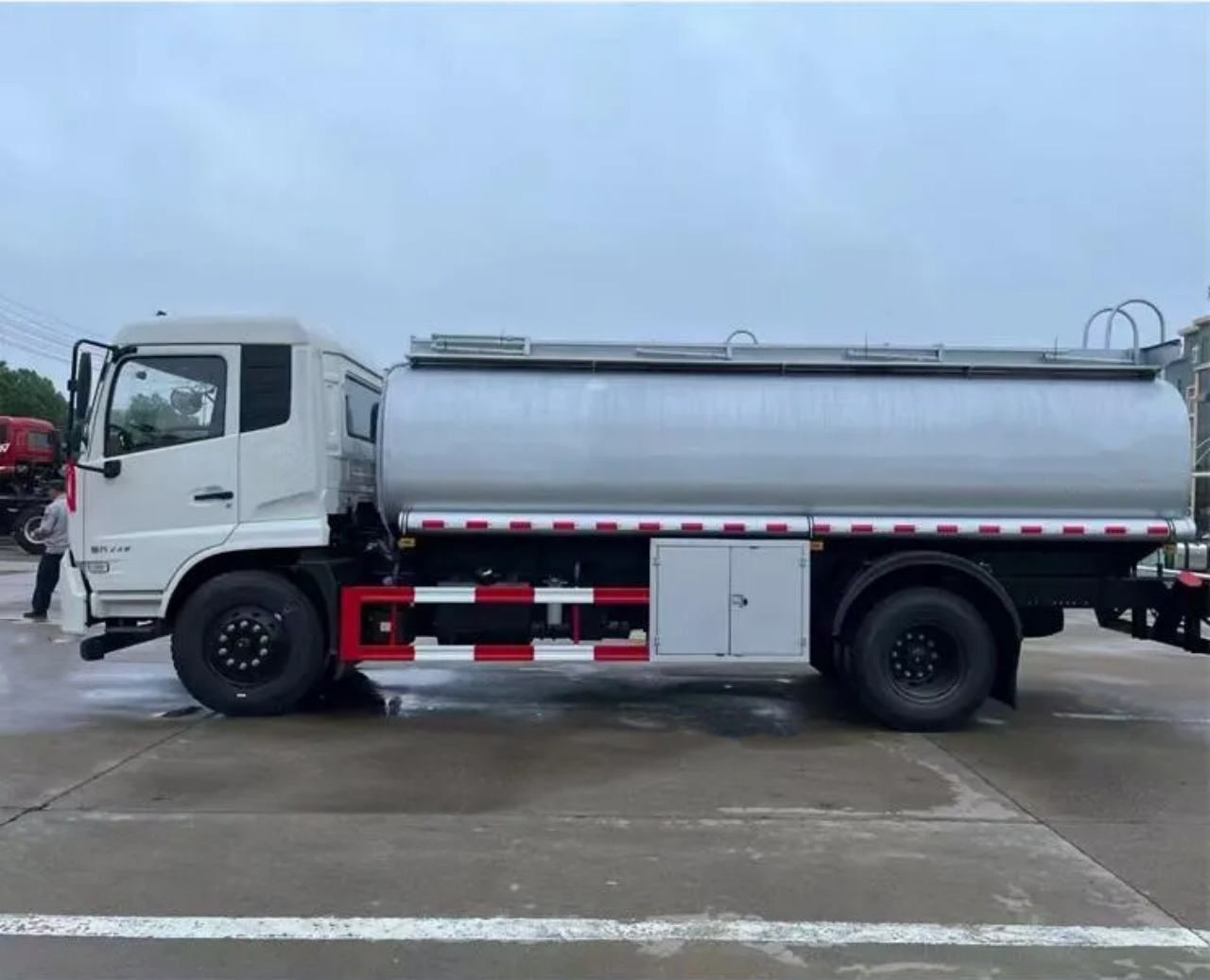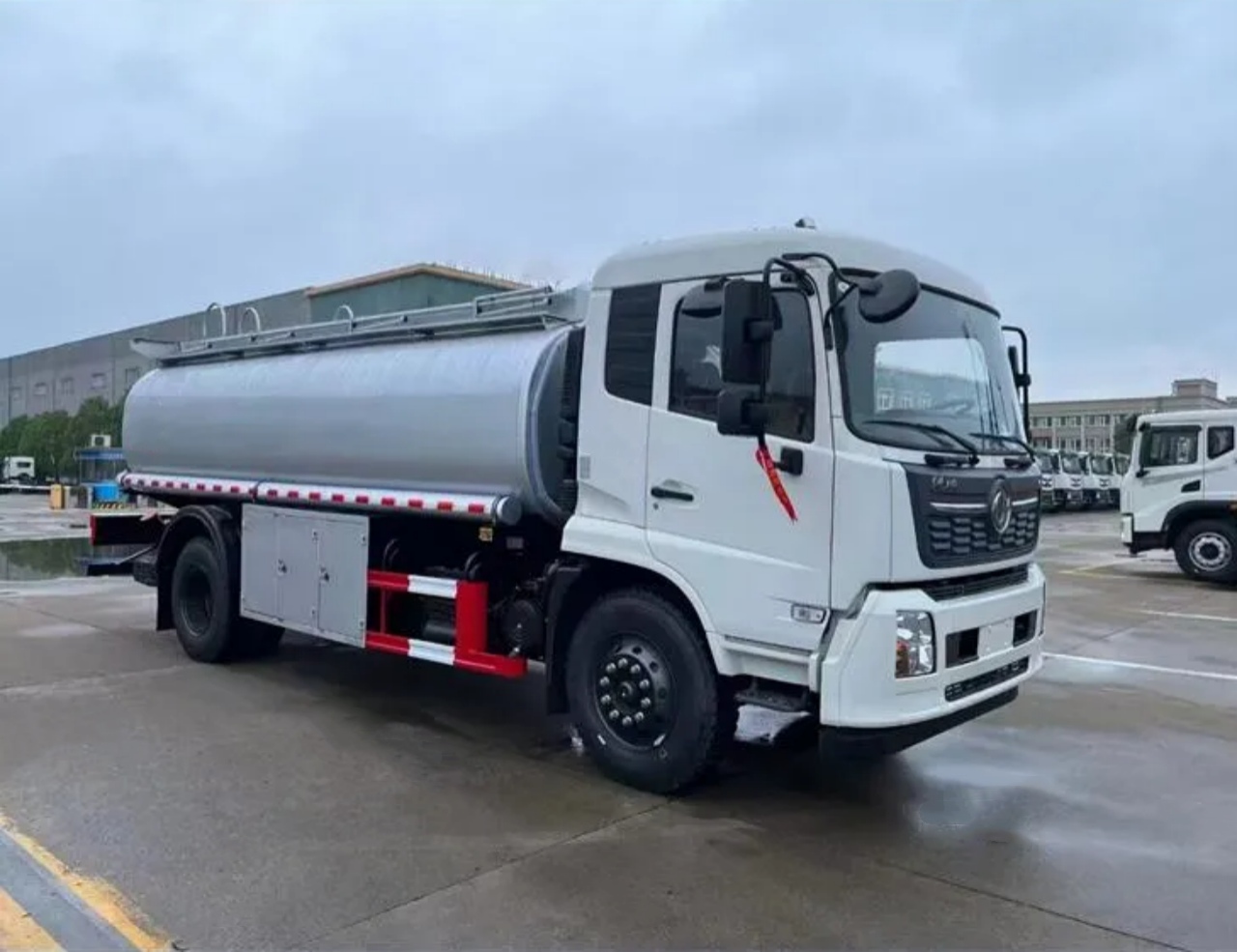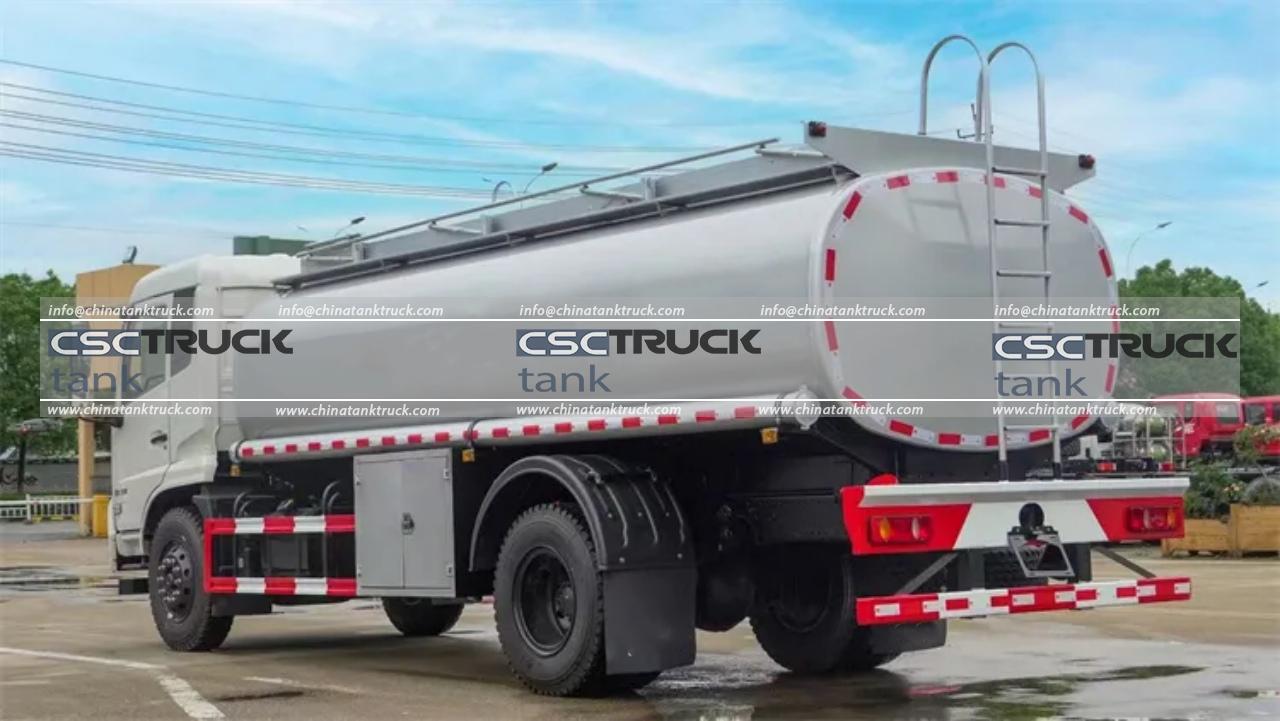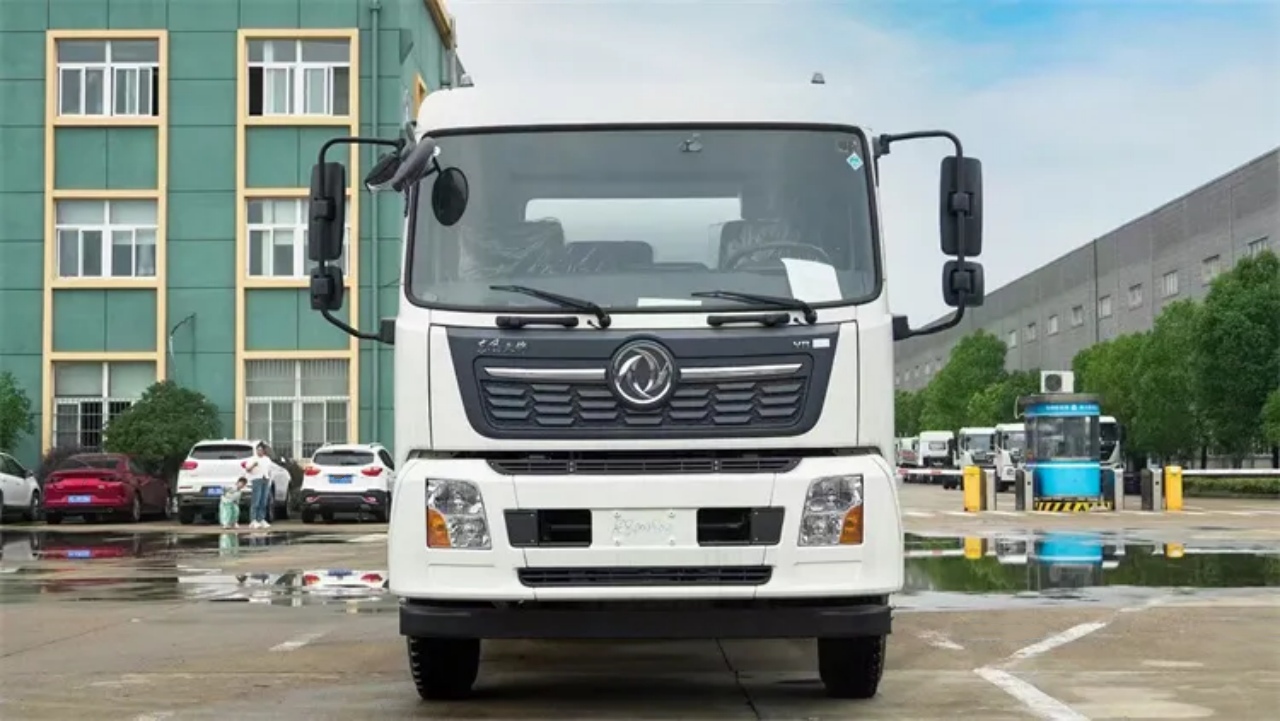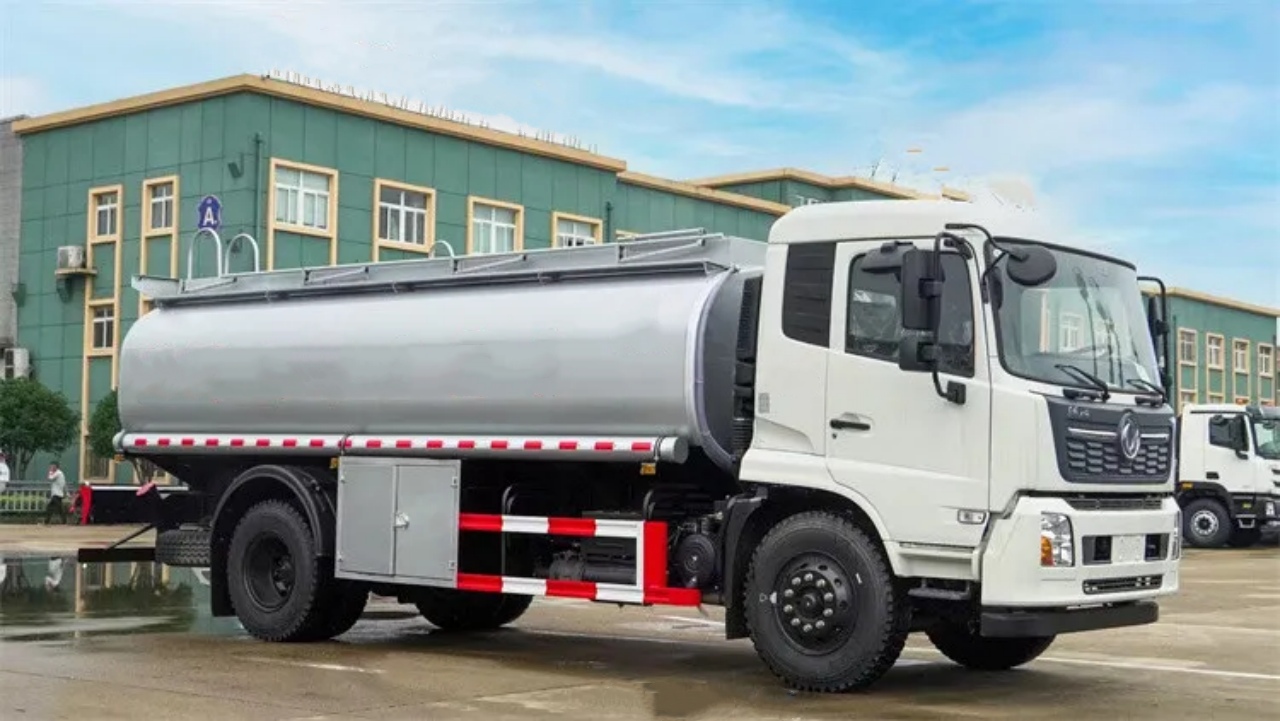Driving a tanker truck is a unique and demanding job in the world of commercial transportation. While all truck driving requires skill and attention, tanker trucks present specific challenges that make them arguably harder to drive than standard cargo vehicles. The question, “Are tankers hard to drive?” does not have a simple yes or no answer. It depends on factors like the type of tanker, the contents being transported, road and weather conditions, and the experience of the driver. In this article, we explore what makes tankers challenging, what skills are required, and why some drivers prefer or avoid them.
Understanding Tanker Trucks
Tanker trucks are specialized vehicles designed to transport liquids, gases, powders, and other bulk materials. These trucks vary significantly in size, design, and capacity, depending on the substance they carry. Common types include:
- Liquid tankers (e.g., fuel, milk, water)
- Chemical tankers (hazardous or corrosive materials)
- Dry bulk tankers (cement, flour, grains)
- Gas tankers (LPG, LNG)
Each type presents its handling dynamics, loading and unloading requirements, and regulatory considerations. Tankers may be rigid or articulated, and they often require drivers to obtain special endorsements or certifications.
The Physics of Liquid Loads
One of the biggest challenges in driving tankers is managing liquid movement, often referred to as surge. Surge occurs when the liquid inside the tank moves due to acceleration, braking, or turning. This movement can significantly affect the stability and control of the truck.
Types of Surge:
- Longitudinal Surge: Forward and backward movement that can push the truck during braking or acceleration.
- Lateral Surge: Side-to-side motion that can destabilize the vehicle during cornering.
- Slosh and Wave Action: Especially problematic when the tank is partially filled, allowing liquid to move freely.
This liquid motion means drivers must learn to drive smoothly and predictively, avoiding sudden stops or sharp turns. Even experienced drivers can struggle with managing a surge under poor weather or emergency conditions.
Weight and Load Distribution
Tankers are often heavier than dry cargo trucks, and their weight distribution is more dynamic. A fully loaded tanker can weigh up to 80,000 pounds (36,287 kg) in the U.S., with the liquid’s center of gravity shifting as it moves.
Driving a full tanker may seem more stable due to the consistent load, but partially full tanks are trickier because of the increased surge. Many tankers use baffles—internal compartments or barriers—to reduce liquid movement, but not all tanks have them. For example, food-grade and some chemical tanks are often unbaffled to avoid contamination, making them more challenging to handle.
Regulatory and Safety Requirements
Tanker drivers must adhere to stricter regulations than standard truck drivers, especially when transporting hazardous materials (HAZMAT). These may include:
- Tanker Endorsement (N): Required to operate a commercial vehicle designed to transport liquid or gas.
- Hazardous Materials Endorsement (H): Required for drivers transporting flammable, corrosive, or toxic substances.
- TWIC (Transportation Worker Identification Credential): Often needed for port or secure facility access.
Safety inspections are more frequent, and drivers are responsible for understanding the contents they are hauling, including how to respond in the event of a spill or leak. The added legal and safety responsibilities can make tanker driving more stressful and complex.
Maneuvering and Stopping
Tanker trucks are not only long and heavy, but their shape and load also affect how they maneuver. Sharp turns, narrow roads, and backing into tight delivery zones require precision driving skills. Moreover, braking distances are longer, especially if the liquid load is shifting unpredictably.
Some of the most critical skills for a tanker driver include:
- Anticipating stops early to avoid sudden braking
- Maintaining a wide turning radius
- Keeping speeds low during turns and on-ramps
- Watching out for rollovers, which are more common with tankers due to their high center of gravity
Weather and Road Conditions
Weather plays a major role in tanker truck safety. Rain, snow, or ice can exacerbate liquid surge and reduce traction, increasing the risk of jackknifing or rollover. Because tankers are often involved in fuel or chemical delivery, drivers must sometimes travel through industrial zones, refineries, or rural areas that lack ideal road conditions.
Many tanker routes also include tight delivery windows, meaning drivers may feel pressure to continue driving in poor conditions, further complicating an already difficult task.
Training and Experience
Driving a tanker is not an entry-level job. Most companies prefer or require drivers to have:
- A minimum of 1–2 years of commercial driving experience
- A clean driving record
- Specific training in handling hazardous materials
- Experience with pumping systems, valves, and tank fittings
Tanker drivers must also know how to inspect their equipment and monitor for leaks or pressure problems. Loading and unloading a tanker can be dangerous and often requires wearing PPE (personal protective equipment) and following strict procedures.
Benefits and Drawbacks of Tanker Driving
Despite the challenges, many drivers are drawn to tanker work for the higher pay and often shorter routes (e.g., local fuel delivery). Tanker companies often pay premium rates due to the increased skill and responsibility required.
Pros:
- Higher pay than many other trucking jobs
- Local or regional routes (home more often)
- Specialized skill set in high demand
Cons:
- More stressful and physically demanding
- Higher risk in the event of a crash
- Stricter regulations and certifications
- Complex handling dynamics
Conclusion
So, are tankers hard to drive? The answer is yes—for most people, they are more difficult than standard cargo trucks. Driving a tanker requires a unique set of skills, a calm temperament, and a commitment to safety. While the pay and job opportunities can be rewarding, the job also comes with higher risks and responsibilities. Drivers considering this path should invest in proper training, gain experience, and understand the complexities involved.
If you’re up for a challenge and take pride in precision driving, tanker hauling might be 1 of the most rewarding specialties in the trucking industry. But it’s certainly not for everyone, and that’s what makes tanker drivers such a respected group within commercial transport.
